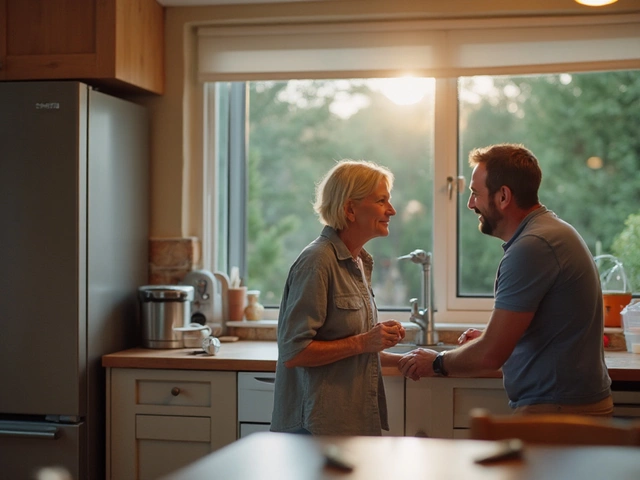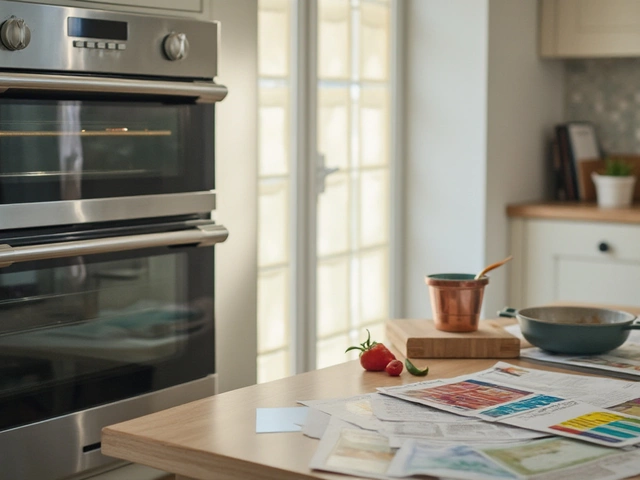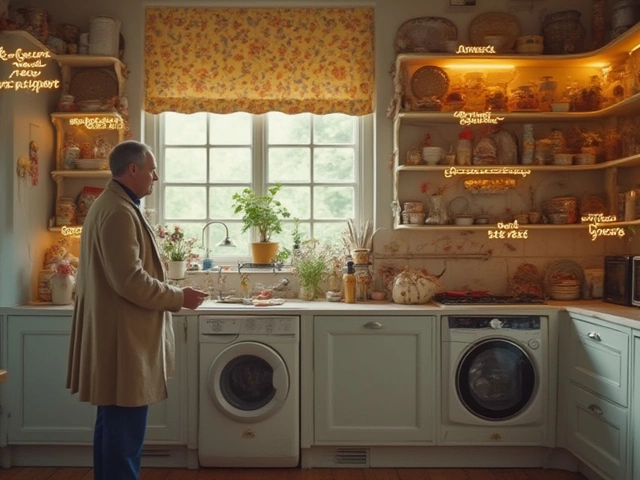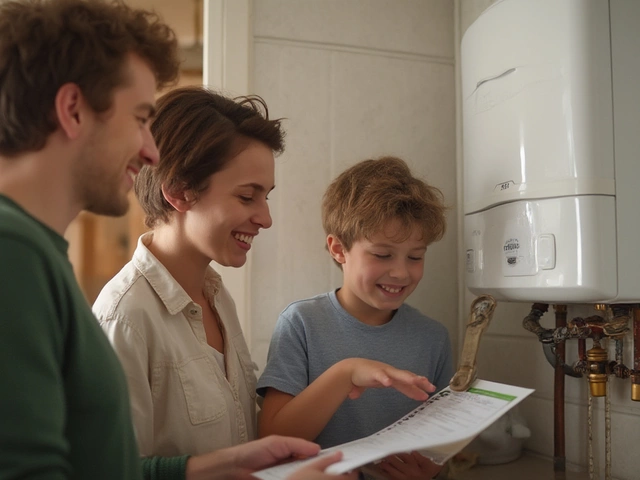Oven Safety Tips and Best Practices
When thinking about oven safety, the set of habits and checks that keep your oven from causing fires, burns, or costly breakdowns. Also known as kitchen oven safety, it protects your home, your family, and your wallet.
One key part of oven safety is understanding the differences between electric ovens, appliances that use heating elements powered by electricity and gas ovens, units that burn natural gas or propane to generate heat. Each type brings its own set of hazards: electric ovens can develop a cracked heating element that sparks, while gas ovens may leak fuel or produce uneven flames that overheat the cavity. Knowing which kind you own lets you apply the right safety checks, such as verifying the element surface for cracks and testing the gas line for leaks before every season. oven safety also means never leaving the appliance unattended while it’s on, using oven mitts, and keeping flammable materials like oven towels far away from the door.
Quick Safety Checklist for Every Oven
- Inspect heating elements or burners for visible damage before each use.
- Check the oven door seal for cracks; a poor seal lets heat escape and can cause burns.
- Test the thermostat with a simple oven thermometer – if the temperature is off by more than 20°C, the control system may need attention.
- Clean grease build‑up from the bottom and walls weekly; accumulated grease can ignite during high‑heat cycles.
- Ensure child‑proof locks are engaged if the oven has a safety lock feature.
- Look for error codes on the display; many modern ovens signal a control board fault that requires professional service.
The oven control board, the electronic brain that regulates temperature, timing, and safety interlocks is the heart of modern safety systems. A faulty board can let the oven run hotter than set, ignore the door‑open sensor, or skip the auto‑shutdown feature. Regular visual inspections for burnt components and listening for unusual buzzing noises help catch problems early. When a control board issue is suspected, calling a certified appliance repair technician, a trained professional who diagnoses and fixes oven problems according to safety standards is the safest route. Professionals can test voltage, replace the board, and verify that all safety interlocks work before the oven goes back into service.
Beyond the hardware, safe oven use includes good habits: always pre‑heat on a lower rack, never use the oven as storage, and keep the surrounding countertop clear of clutter. If you notice any odd smells, rattling noises, or the oven refusing to turn off, treat it as a warning sign and stop using it immediately. These practical steps, combined with routine professional checks, create a layered safety net that protects both people and property. Below you’ll find a collection of articles covering everything from diagnosing a cracked hob to replacing a heating element, each offering detailed guidance to keep your kitchen running safely.






